Dhaka, the densely populated capital city of Bangladesh, has been ranked 16th on the list of cities with the worst air quality, registering an AQI score of 86 at 9:30am this morning (July 14, 2024). Today's air quality was classified as 'moderate,' according to the AQI index.
The AQI (Air Quality Index) is a measure used to communicate how polluted the air currently is or how polluted it is forecast to become. For particle pollution, an AQI value between 50 and 100 is considered 'moderate,' which means that usually only sensitive individuals should consider limiting prolonged outdoor exertion.
The classification system for AQI values is as follows:
- 0 to 50: Good
- 51 to 100: Moderate
- 101 to 150: Unhealthy for sensitive groups
- 151 to 200: Unhealthy
- 201 to 300: Very unhealthy
- 301 and above: Hazardous
For comparison, Pakistan’s Lahore, the Democratic Republic of the Congo’s Kinshasa, and Chile’s Santiago occupied the first, second, and third spots on the list, with AQI scores of 190, 182, and 180, respectively, indicating much poorer air quality.
The AQI in Bangladesh is calculated based on the concentrations of five major pollutants: particulate matter (PM10 and PM2.5), nitrogen dioxide (NO2), carbon monoxide (CO), sulfur dioxide (SO2), and ozone (O3).
Dhaka has struggled with air pollution for years. The city’s air quality tends to deteriorate in the winter and generally improves during the monsoon season.
According to the World Health Organization (WHO), air pollution is a major environmental health risk, responsible for an estimated seven million deaths annually worldwide. The primary causes of death related to air pollution include stroke, heart disease, chronic obstructive pulmonary disease, lung cancer, and acute respiratory infections.



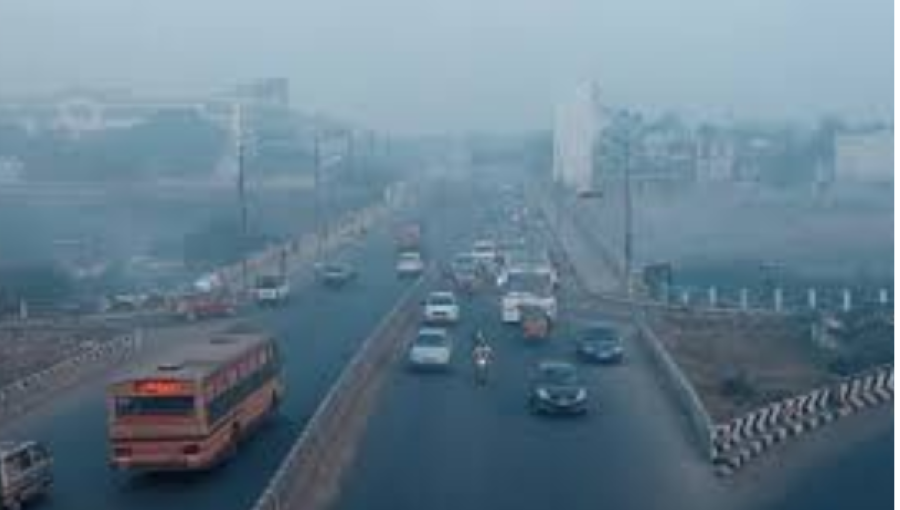
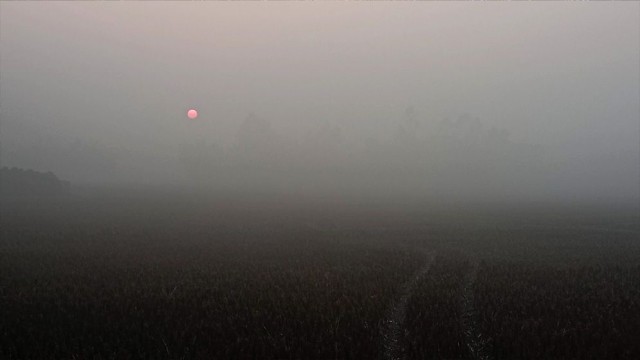
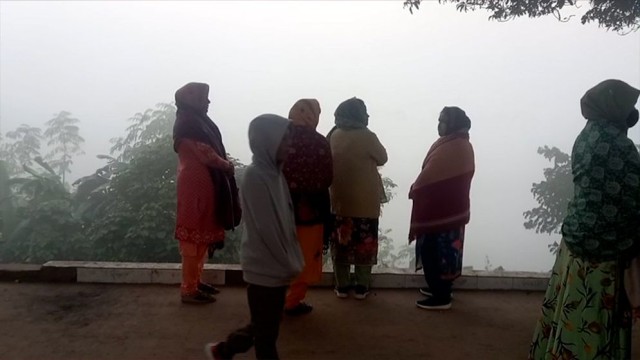
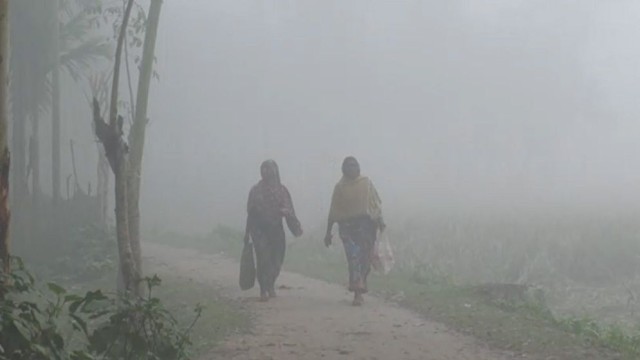
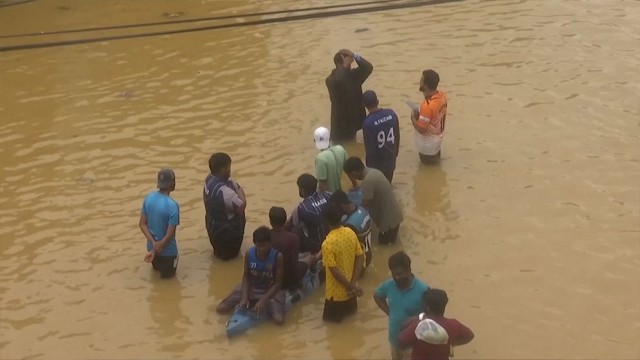

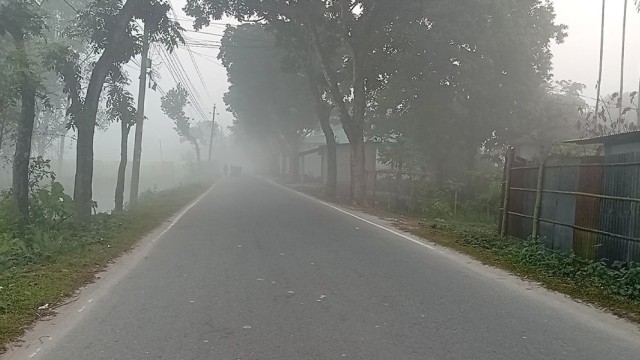



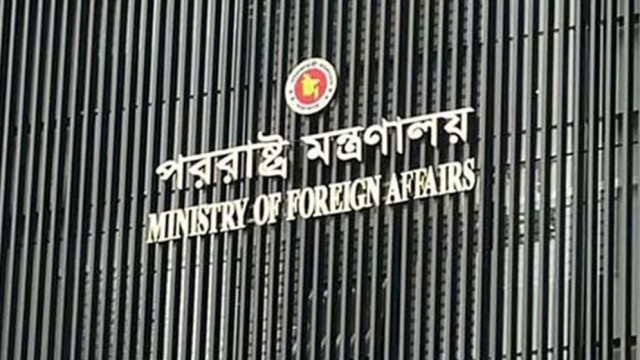





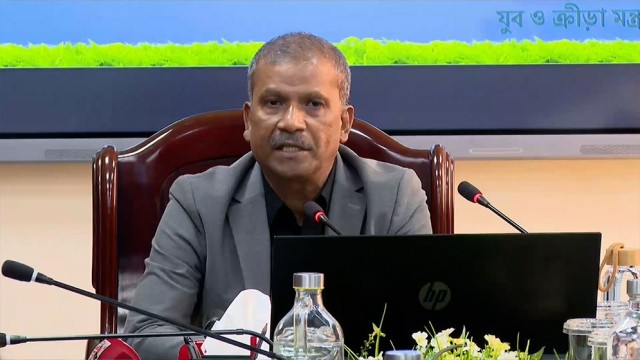


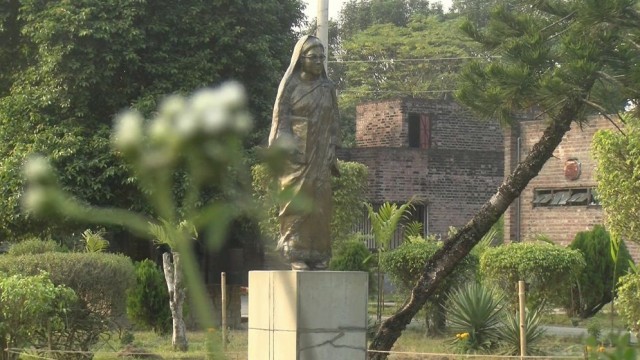

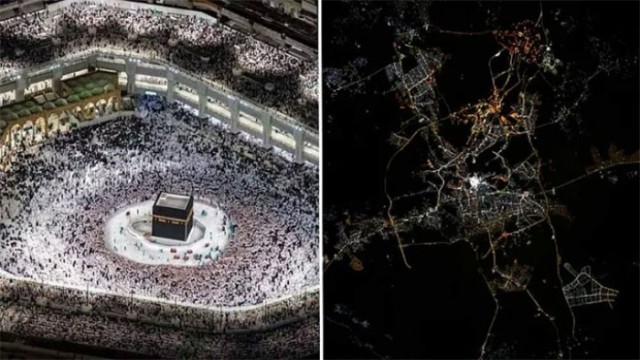






Comment: